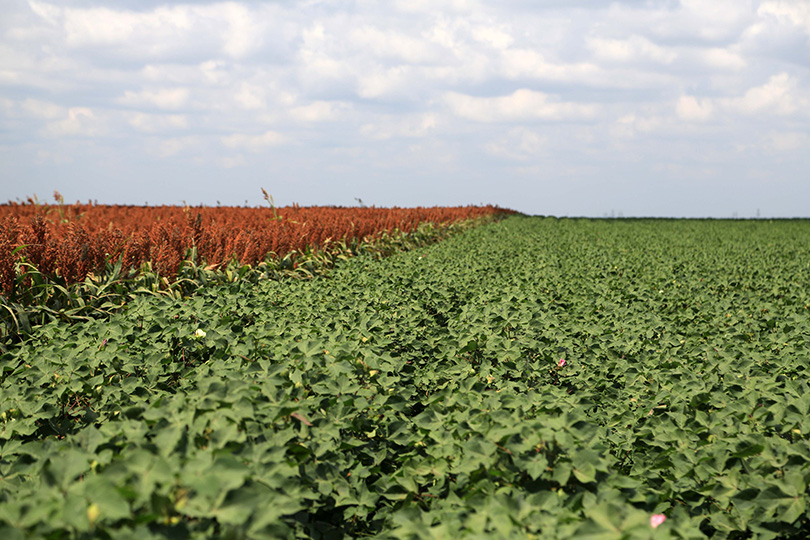Years of negative margins have U.S. row crop farmers facing a bleak outlook, and Rabobank believes farmers must lower operation costs in order to survive.
A new report—Farming the Efficient Frontier: Crop Efficiency, Not Volume, Will Drive Future Financial Performance—by the Rabobank Food & Agribusiness Research and Advisory group, which reviews the current costs of inputs and land and the projected supply and demand of commodities, explores the outlook for U.S. farmers.
The findings show the need to adopt efficiency-driven, rather than volume-driven, strategies in order for farmers to maximize profitability in an environment of lower commodity prices and high seed and input costs.
“We forecast soybeans, the leading growth commodity, to see consistent export growth in the range of 150 million to 200 million bushels through 2020 (12 percent to 14 percent over the trailing 2015 three-year average), given the continued increase in Chinese animal protein demand,” notes report co-author and Rabobank senior analyst Sterling Liddell.
Many farmers find it difficult to maintain operating capital and credit with several consecutive years of negative income. And the report finds the next few years will be crucial for farmers’ existence.
“This leaves land, the largest single-expense item for producing the crop, as the primary focus for cost reduction,” said report co-author and Rabobank senior analyst Ken Zuckerberg.
Although the cost of inputs in 2016 have declined in comparison to the cost in 2015, the reduction wasn’t enough for positive margins, according to the report.
“In order to survive and thrive, farmers must adopt strategies that maximize bottom-line profit, rather than a simple focus on crop yield,” Zuckerberg said.

